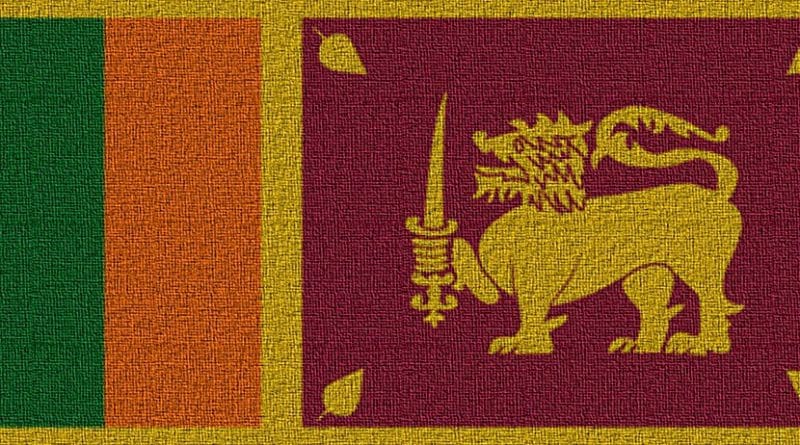Sri Lanka: Tamil Autonomy Demands Up Against Buddhist Monastic Wall – Analysis
By Amitava Mukherjee*
The recent meeting between Maithripala Sirisena, the Sri Lankan President, and the Mahanayakes (Buddhist prelates) has cast a long shadow over the question of granting autonomy to the Tamil dominated northern and eastern provinces of the island country. Although Sirisena has not given any account of what transpired at the meeting, an earlier joint statement from the prelates, that Sri Lanka does not need a new constitution and a new constitution will usher in more conflicts, speak volumes for the difficulty the issue of autonomy for Tamils will face.
The Sri Lanka government should understand that the issue is political as well as emotional and no amount of enigma will help in clearing the air. Sirisena understands that he cannot allow his country to go back to the days of civil war as that would signal the ultimate doom of his Sri Lanka Freedom Party (SLFP) and the phoenix like rise of Mahinda Rajapakse. Therefore the Sri Lankan President has categorically said that he wants to prevent the repeat of the bloody separatist conflict that claimed over one lakh lives.
It is obvious that both Sirisena and his Prime Minister Ranil Wickremesinghe are now in a fix. Both of them are Sinhala Buddhists who constitute 70 percent of the country’s population and form their electoral base. Wickremesinghe’s political behaviour epitomizes the mood of the Sinhala Buddhists- they are tired of the prospect of any more fratricidal war but, at the same time, unwilling to concede the demand of autonomy for the Tamils. At the time of the 2015 general election nearly all political parties had promised constitutional reforms but Wickremesinghe and his United National Party (UNP) categorically promised changes in the system of an all powerful executive president, in the existing mode of devolution of power and the electoral system. Rajapakse’s defeat became possible only after large sections of the majority Sinhala Buddhist community voted in favour of the UNP and the SLFP.
The actual prospect of Tamil autonomy through constitutional reform is somewhat bedevilled by the inherent dichotomy in the mindset of the majority community. Wickremesinghe recently told a Joint Opposition Group that there is no need to break the unitary status of the country and that enough devolution of power has already taken place through the 13th amendment to the constitution. President Sirisenahas averred that the United People’s Freedom Alliance (UPFA), led by his SLFP, would insist on putting the newly drafted constitution to the people of Sri Lanka for a general referendum.
Two very important questions have arisen from the open stands taken by the two topmost constitutional functionaries of the country. The first is what should be the nature of devolution of power, and the second one involves the actual import of a referendum.
The Tamil National Alliance (TNA) manifesto of 2015 demands self determination, federal structure and merger of northern and eastern provinces. It calls for the concept of shared sovereignty which runs counter to Wickremesinghe’s idea of a unitary system. Secondly, Tamil activists are afraid that Sirisena’s proposal for a referendum would, in fact, kill any constitutional provision for Tamil autonomy as the overwhelming majority of the Sinhala Buddhists are not expected to ratify it.
The drafting of the new Constitution is now at a crucial stage. The constituent assembly has formed a 20 member sub-committee to carry out the process. Six other parliamentary sub committees have been formed to deal with different chapters of the new Constitution. Additionally, a 19- member Public Representation Committee has undertaken wide tours throughout the country to elicit public opinions on reform proposals.
Still, the view of the Buddhist monastic order may turn out to be the most important. There are reports that both Sirisena and Wickremesinghe have been assuring them publicly that there will be no undoing of the unitary system and that Buddhism will continue to enjoy its privileged position in the new Constitution.
*The author is a senior journalist and commentator. He can be contacted [email protected]

